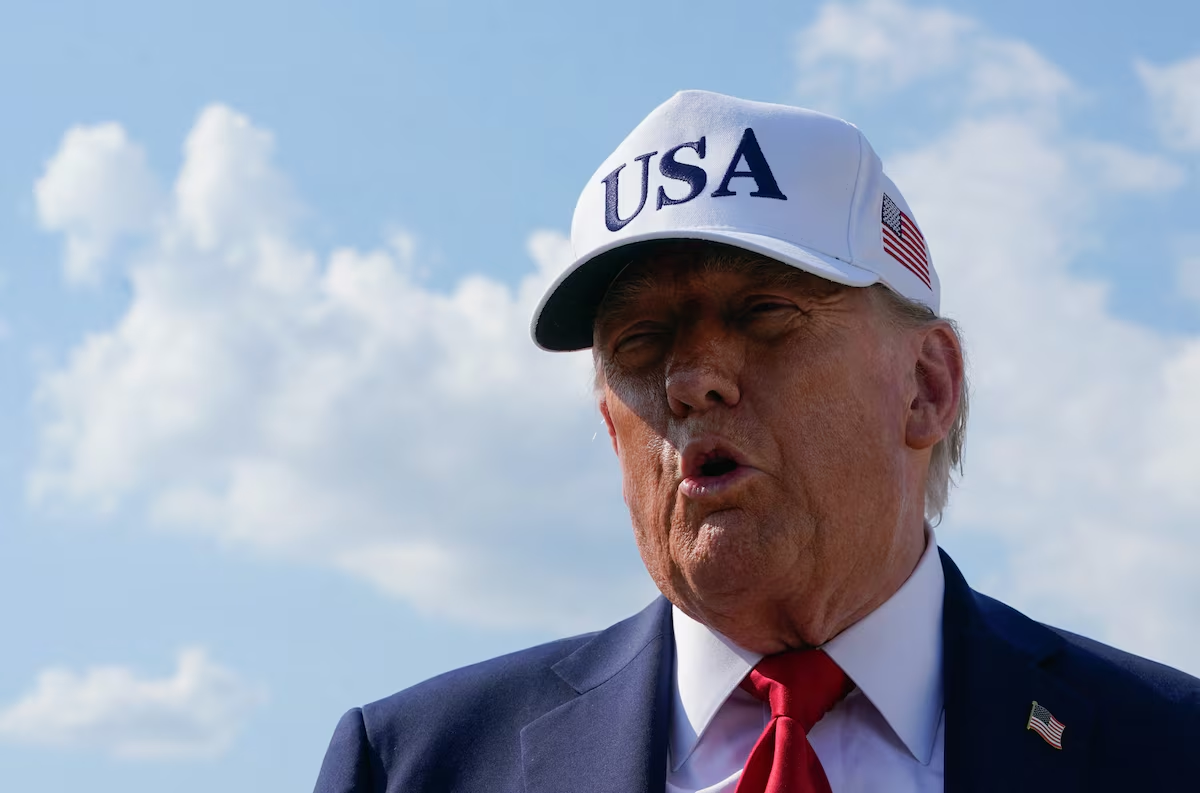Featured
article
- Get link
- X
- Other Apps
U.S. to Notify Countries of New Tariff Rates Amid Shift in Trade Strategy

The United States is set to begin sending formal letters to trading partners on Friday, outlining new tariff rates that could range from 10% to as high as 70%, according to President Donald Trump. This move marks a significant shift from the administration’s earlier approach of negotiating individual trade deals with dozens of countries.
Speaking to reporters, Trump emphasized the simplicity of this new strategy: “We have more than 170 countries, and how many deals can you make? I’d rather send out a letter saying this is what you’re going to pay”. The letters, expected to be sent in batches of 10 to 12 per day, will inform countries of the tariffs they will face starting August 1.
The decision comes ahead of a self-imposed July 9 deadline for finalizing trade agreements. While deals have been reached with the United Kingdom and Vietnam, negotiations with other major partners like Japan, India, and the European Union remain ongoing.
Treasury Secretary Scott Bessent noted that around 100 countries are likely to receive a 10% reciprocal tariff rate, while others could face significantly higher duties if no agreements are reached.
This bold move is expected to have ripple effects across global markets and could reshape the landscape of international trade in the months ahead.
Popular Posts
Trump's Six Words: "I'm Going to Stop the Wars"
- Get link
- X
- Other Apps
Midnight Blast Shakes Gaza Skyline Amid Rising Tensions
- Get link
- X
- Other Apps



Comments
Post a Comment